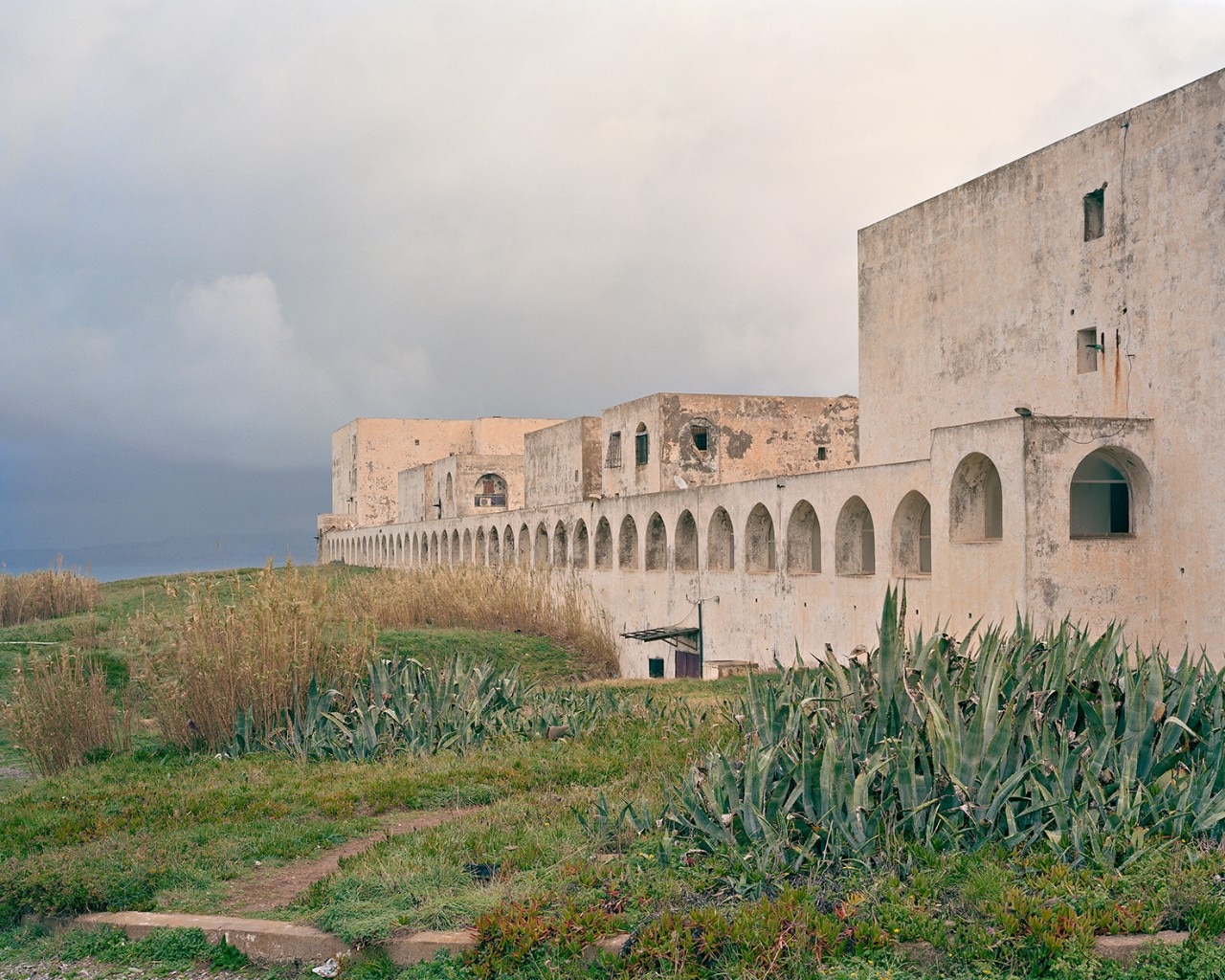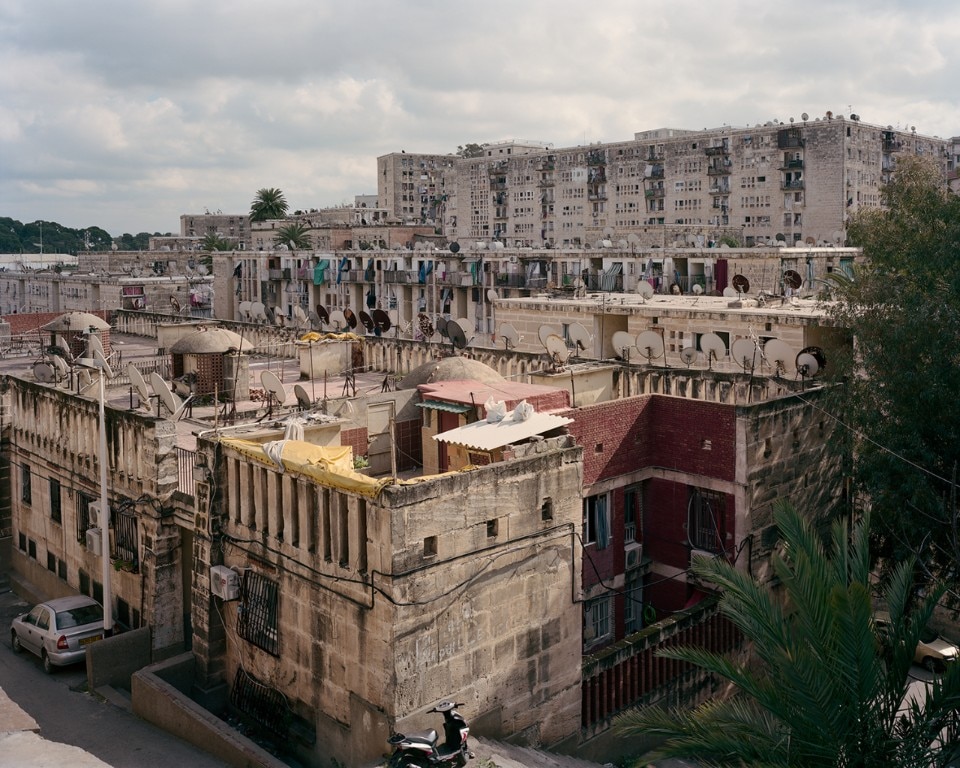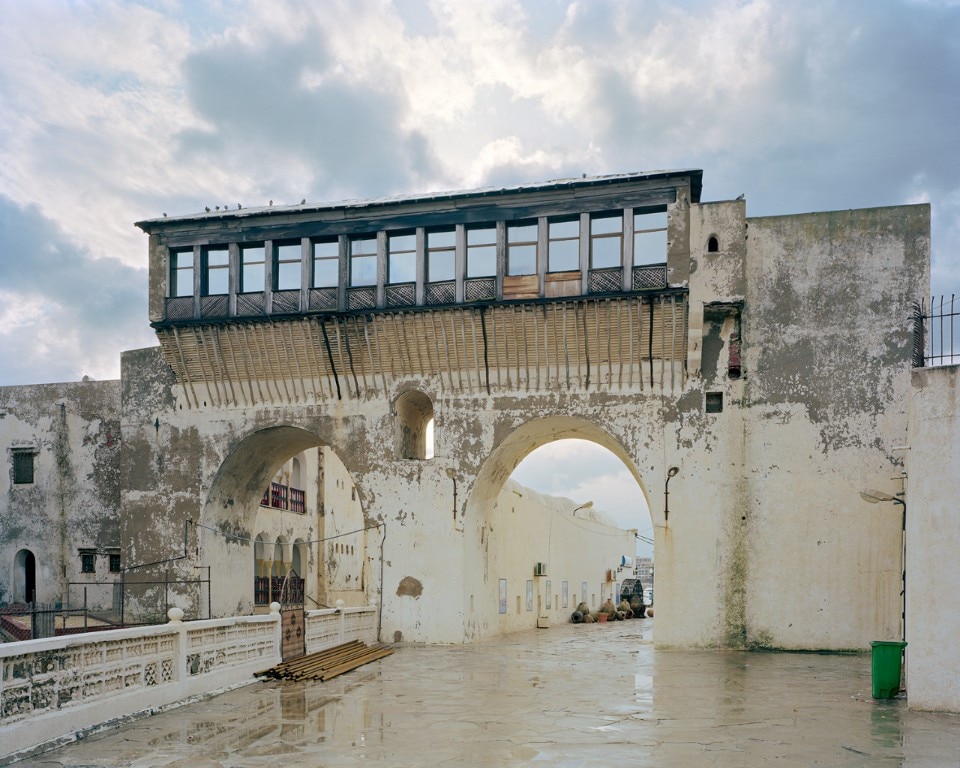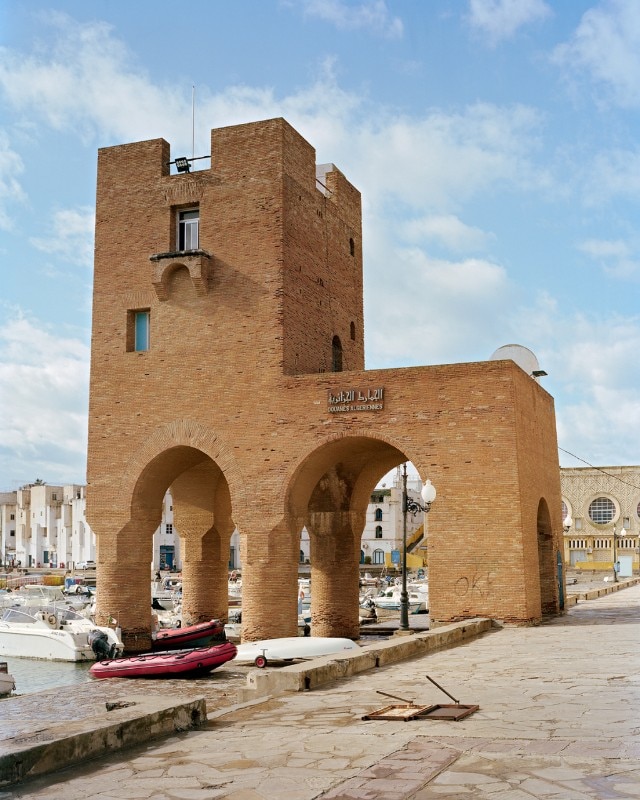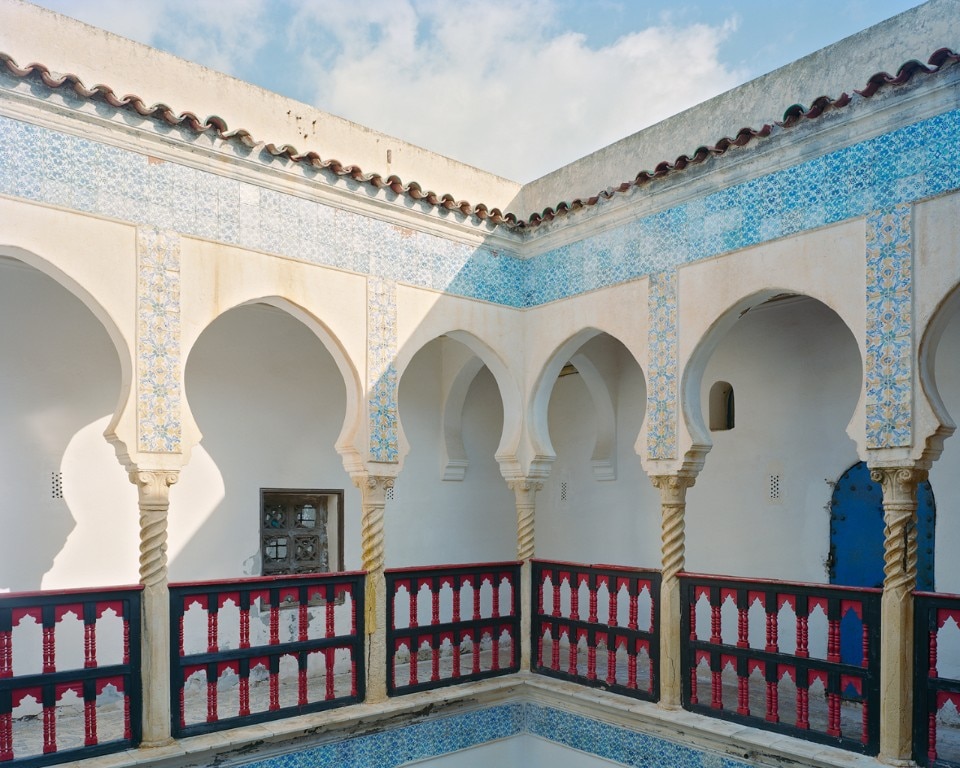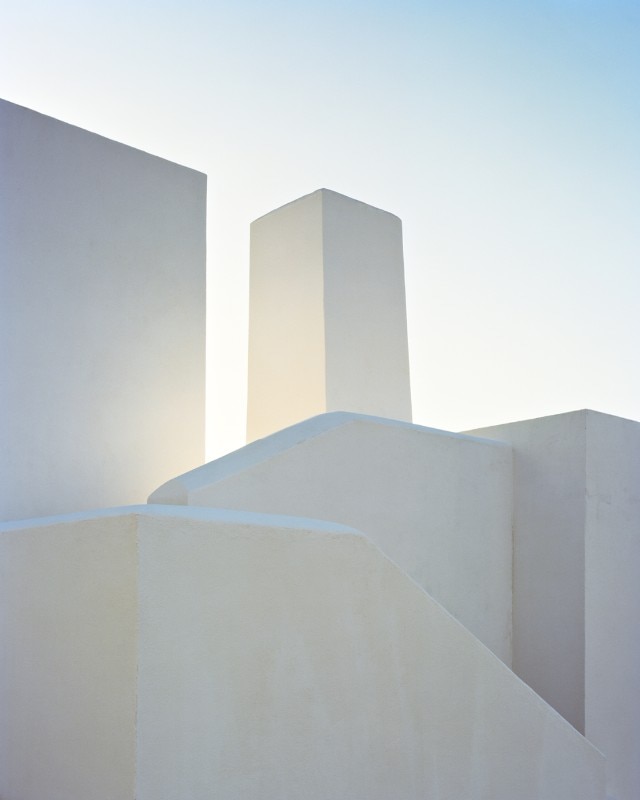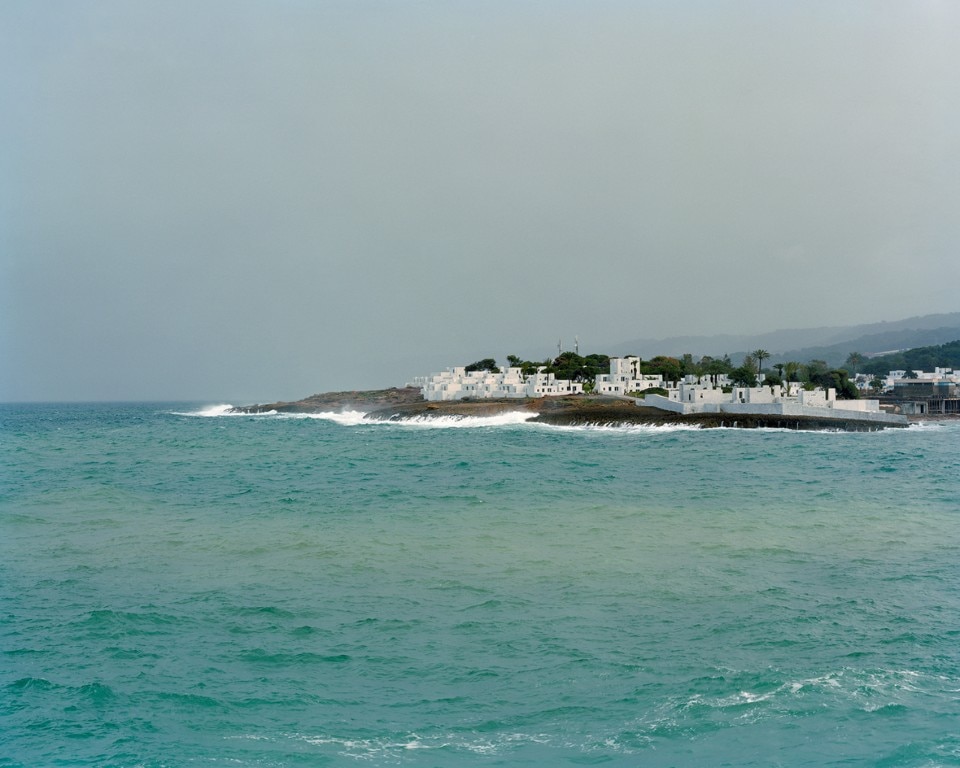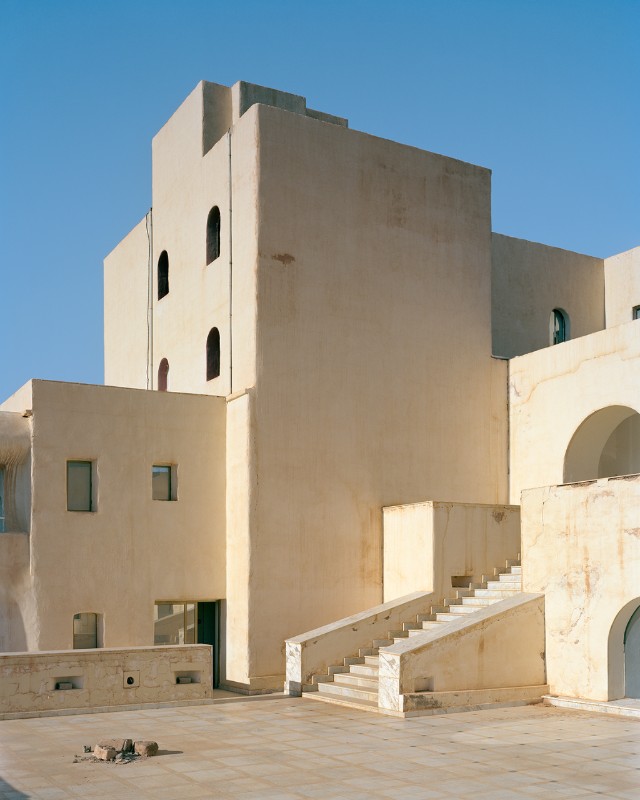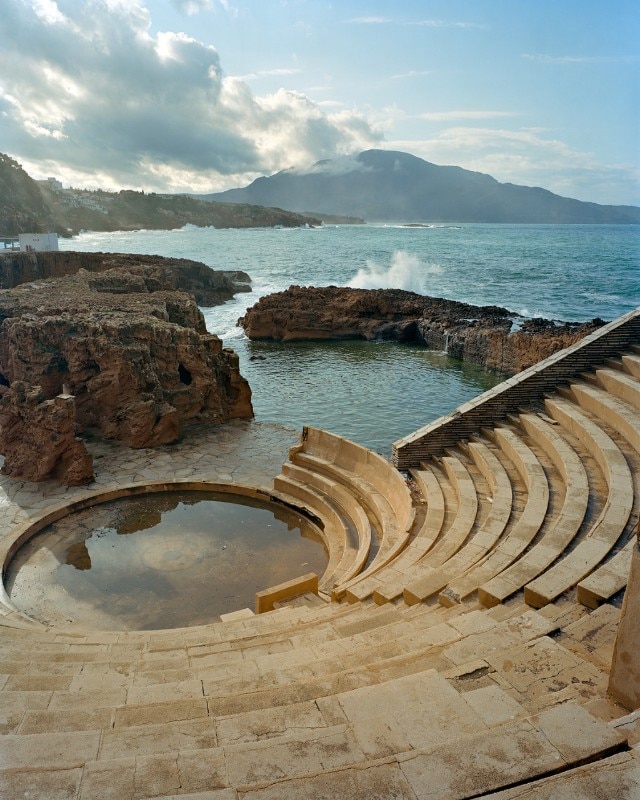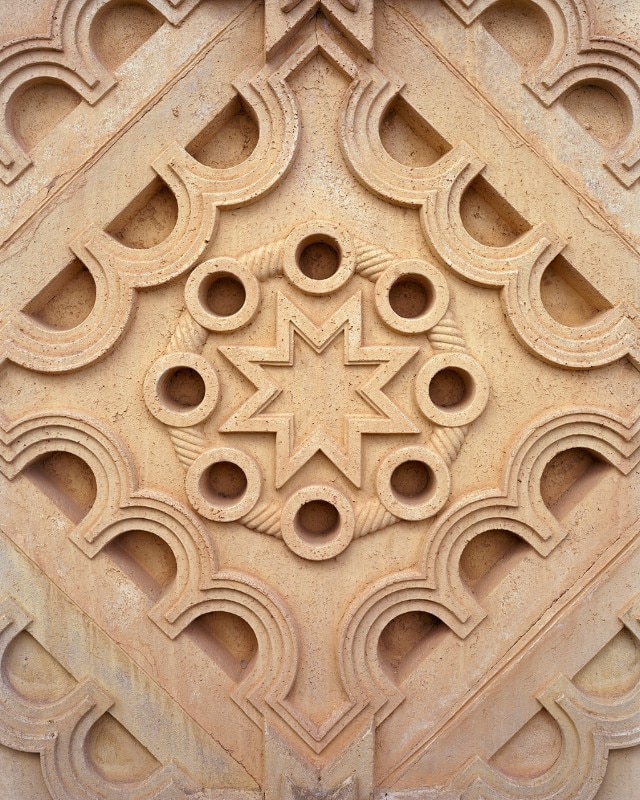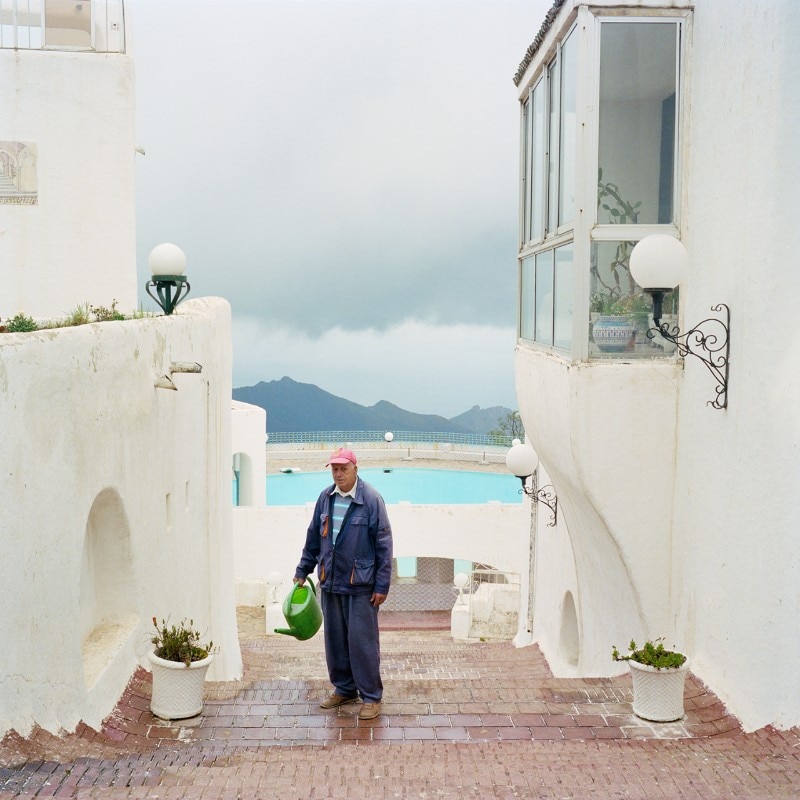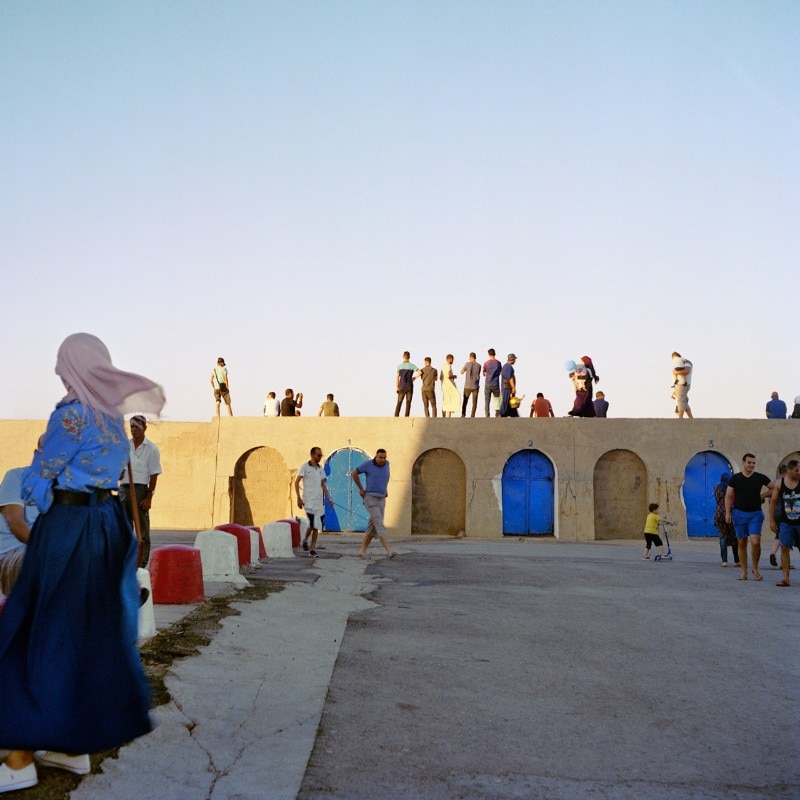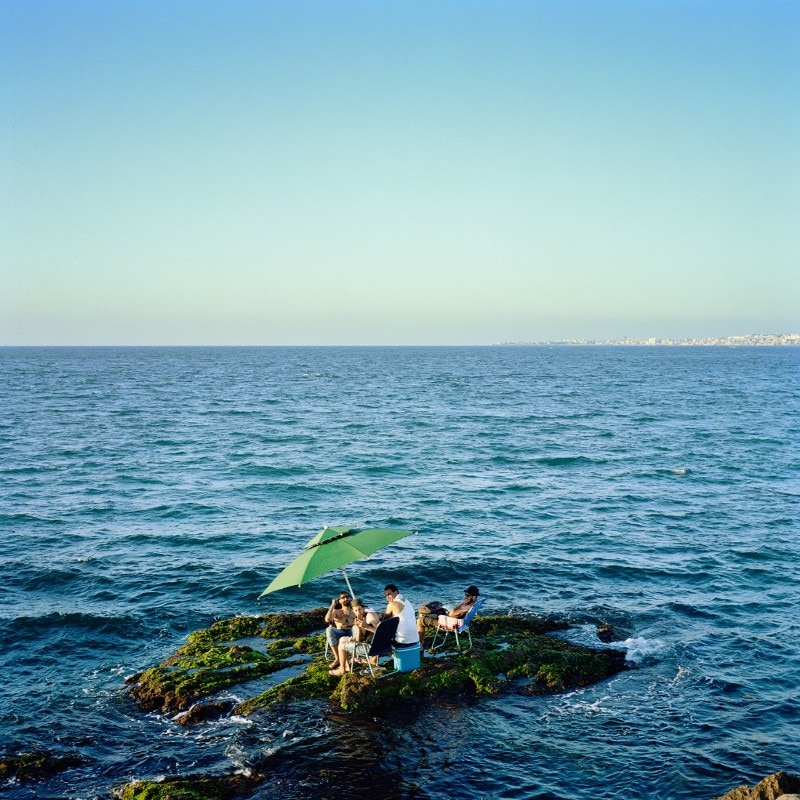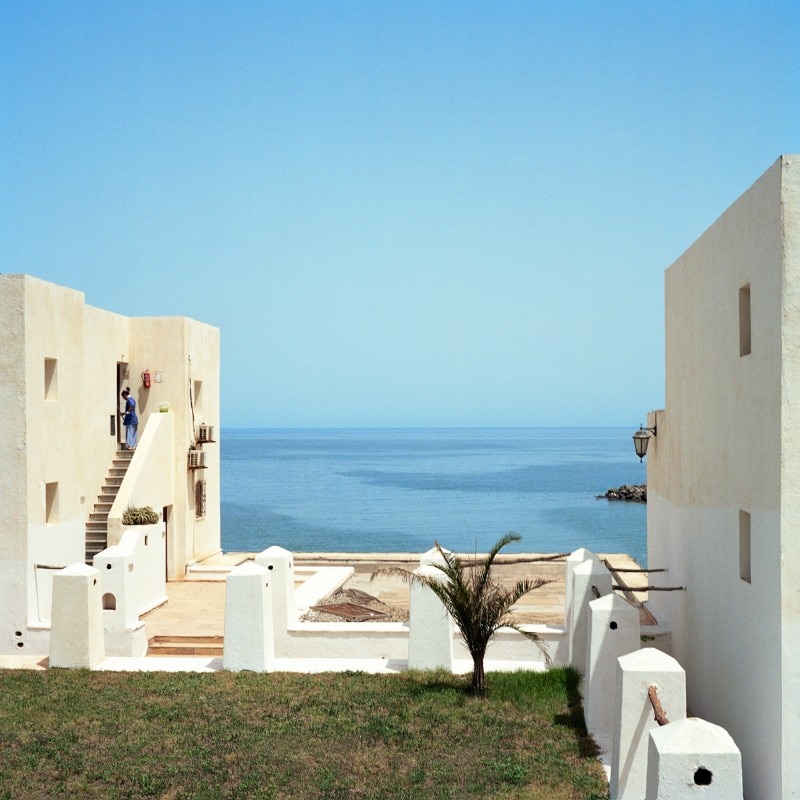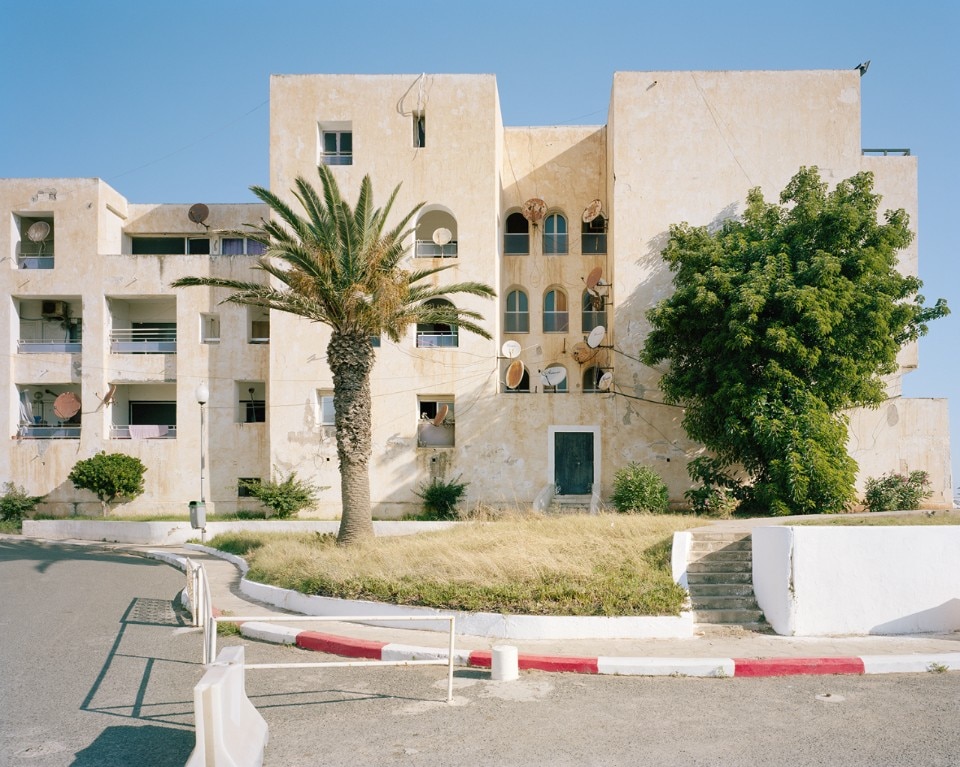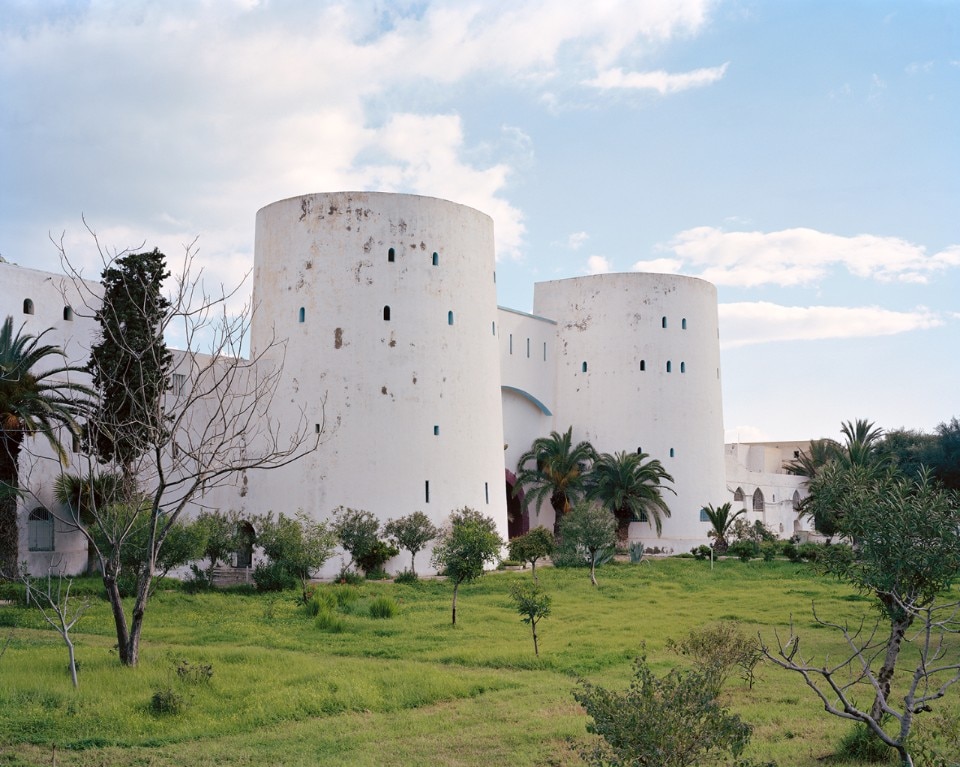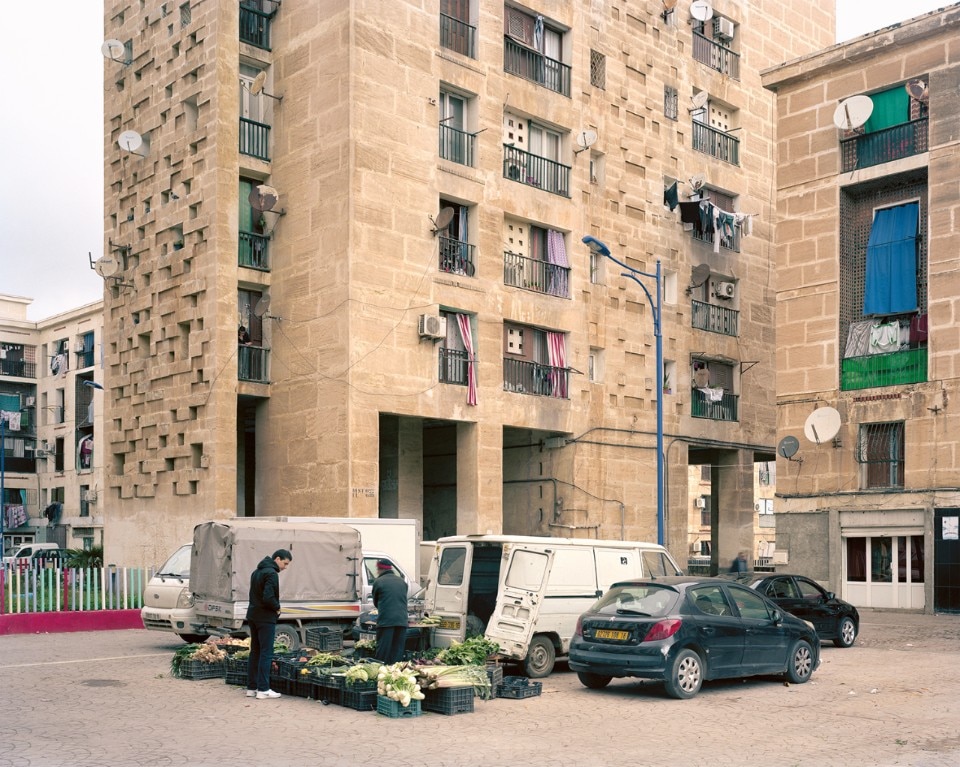On the occasion of the 50th edition of the photography festival Les Rencontres d’Arles (France, 1 July – 22 September 2019), the Italian-Swiss photographer Leo Fabrizio presents a new editorial project co-signed with the Greek-Basque photographer and movie director Daphné Bengoa. Titled Fernand Pouillon et l’Algérie: Bâtir à hauteur d’hommes (Éditions Macula, 2019), the book aims at reawakening the curiosity about the unjustly forgotten work of the prolific French architect Fernand Pouillon (1912-1986) in Algeria.
From Bunker (2004) to Dreamworld (2007), Leo Fabrizio is known for his long and detailed photographic investigations focused on atypical architectural landscapes. Started in 2014, his research on Pouillon is no exception. “In a society that wants to go fast, working on the lifetime’s work of a man requires time”, says the photographer, who, in order to locate the numerous housing complexes and urban plans created by the French architect – in Algiers, but also in Paris, Aix-en-Provence, Marseille and Iran – had to sift through the tiny available bibliography and talk to specialists and people who knew him directly. “With Fernand Pouillon, nothing is easy”, the photographer continues. “His lack of interest in his own archive turn the buildings’ list incomplete, and many places remain unknown, such as in sub-Saharan Africa or Iran. It is really a shame because Pouillon is perhaps the architect who built the most in the twentieth century and is certainly one of the most relevant of his time”, Fabrizio continues.
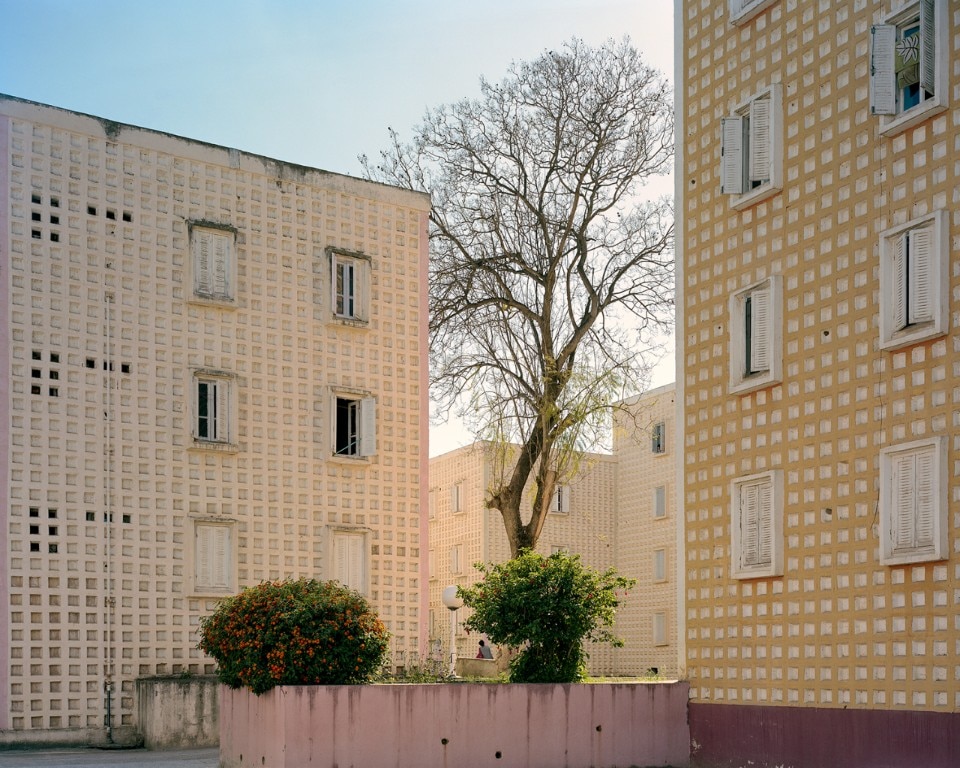
At the same time a precursor and an outsider, Pouillon publicly condemned colonialism, the post-war advent of cars and the International Style, claiming the value of local resources and landscapes. Recently, his careful social and environmental approach has even led the French architect and philosopher Stéphane Gruet to call him a ‘sustainable’ architect in his book Pouillon, une architecture durable (Ed. Transversales, 2018). Given the curriculum and the noble intentions of Pouillon – who was a contemporary of Le Corbusier and produced a number of writings that have nothing to envy for their lucidity and depth to those of the Swiss architect –, it is therefore surprising that his story and his work have fallen into complete oblivion. “His legacy suffered from a deep misunderstanding”, notes Leo Fabrizio, who recommends reading the book Fernand Pouillon, l’homme à abattre (Bernard Marrey, Ed. Du Linteau, 2010) to help us shed light on the political and legal issues – but also the jealousies – that led the press, the administrators and the public opinion to boycott the architect’s work along the years. As Fabrizio states, “to understand Pouillon, we must break free from the strong modernist heritage and education we received, and get rid of our preconceived ideas”. Determined to do just that – with the further hope of being able to restore Pouillon’s reputation – the photographer’s effort is ambitious: to compile “a real and complete iconography of the architect’s work”, starting with Algeria, where Pouillon built extensively both during the French colonial period and after independence.
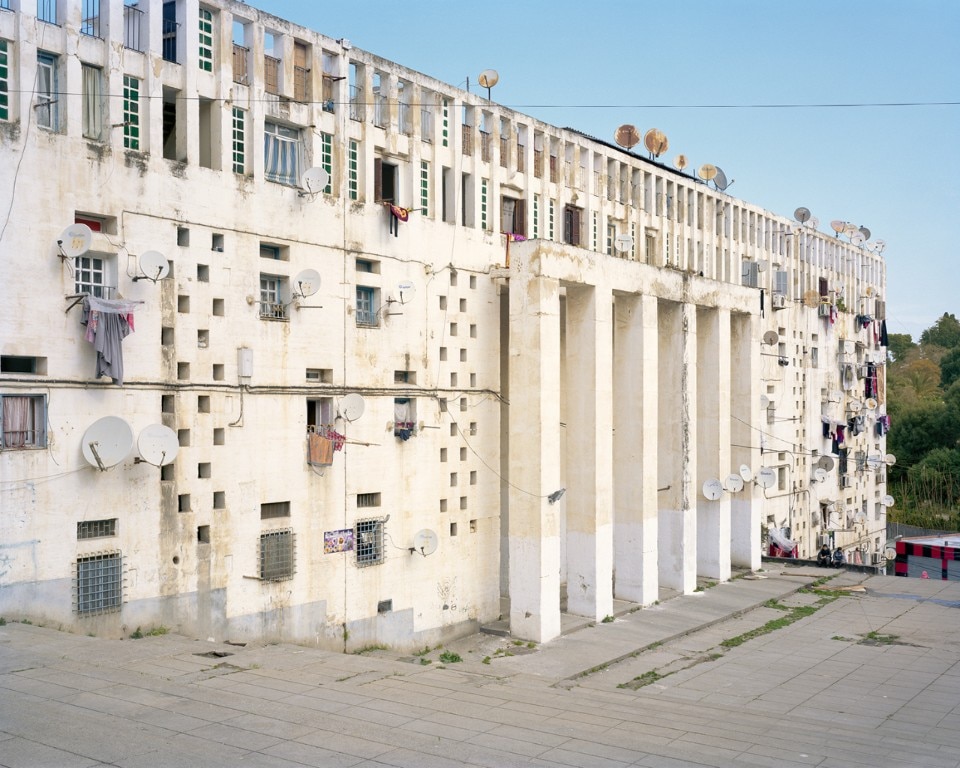
If it is true that Pouillon was disowned and quickly forgotten by his colleagues and the public in France, in Algeria Fabrizio discovered a different reality: “In the social housings I visited, everyone, old and young, remembers two names: that of Pouillon and that of the mayor Jacques Chevallier who commissioned the buildings, some of which date back to the 1950s”. During his reportage in the North African country – where, in 2018, he spent 10-12 days every 2 months – Fabrizio met many people who lived all their lives in the large complexes designed by the architect. Like the renowned Climat de France in Algiers, a large city within the city, which the French photographer Stéphane Couturier had already documented in 2014. “I lived in this architecture, slept between these walls, worked days together with its inhabitants. So inevitably, I became part of the landscape and was welcomed in the intimacy of people’s homes, and they told me their stories”, explains Fabrizio. And yet, at first glance, the inhabitants remain absent from his images. But, as the photographer explains, this is due to the technical problems linked to the use of a view camera. “It is the only photographic tool that lets you play around with perspective and render it correctly”, he underlines, “but this has some disadvantages: the weight (40 kilos of material), the expenses for the large format films, the need for a tripod, the slow production process and the long exposure time that makes it hard to fix movement”, and thus capture people on film. Hence Fabrizio’s idea to invite Daphné Bengoa – who joined the project in 2017 – to counterbalance this absence and “shed light on the subject in a different way”.
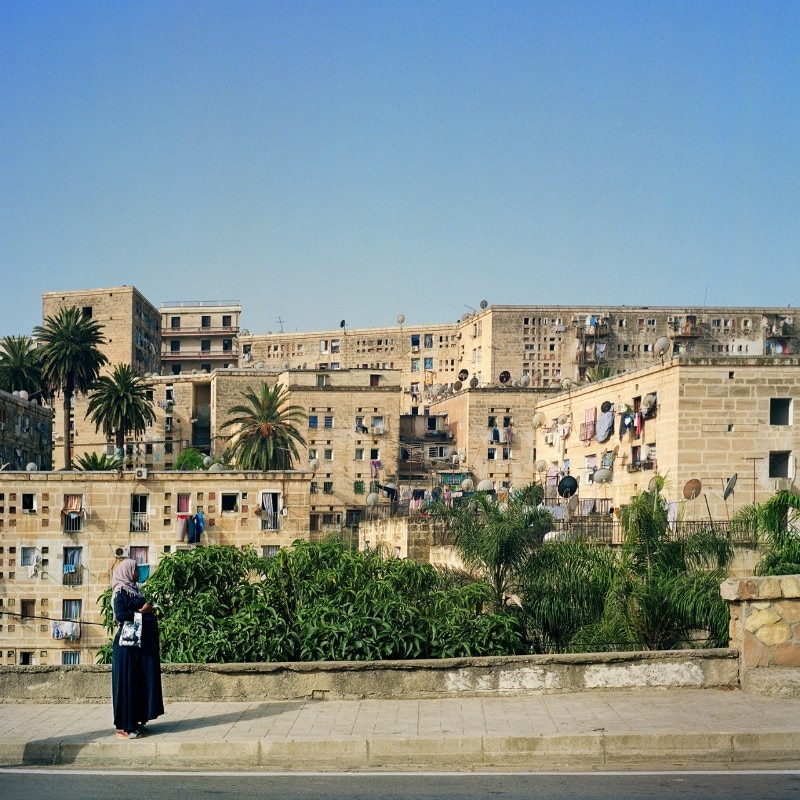
Used to explore social issues in her photographic and film works, Daphné Bengoa chose to introduce the viewers to the ordinary life of the people who live and experience Pouillon’s architectures daily. The photographer started her research by conducting numerous interviews with inhabitants and “more specifically with women, who opened me the doors of their homes”, she recalls. “If every conversation started with long descriptions of former rooms arrangements, types of materials or space modifications in time”, Bengoa continues, “my interlocutors quickly shifted to family memories and personal worries. And, even though most of them would regret the lack of investments to maintain the buildings, they would all repeat how much they felt attached to their neighbourhood and how much they would rather stay there instead of being rehoused elsewhere”.
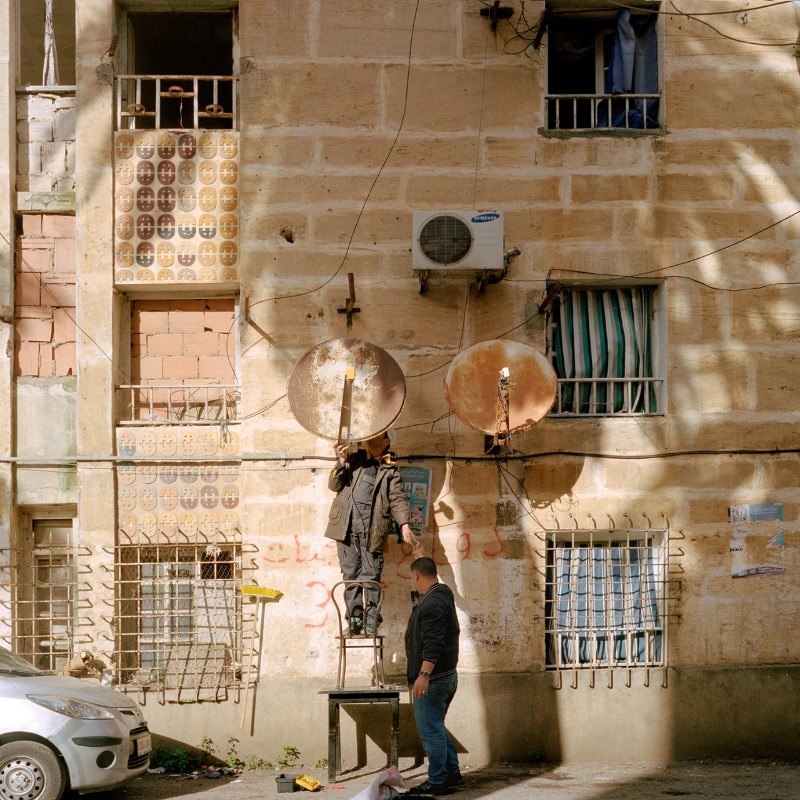
Often accused of being merely gigantic slums built by the French colonial government to house – and therefore control – the local Muslim population, the architectural ensembles constructed in 1962, before Algeria’s independence, have long been reclaimed by the inhabitants. A destiny that is common to many post-war constructions in North Africa – as testifies the research conducted by German curator Marion von Osten in Morocco (“Architecture Without Architects: Another Anarchist Approach”, e.flux Journal #6, 2009) – that, according to author Stéphane Gruet stands as “marks of resistance” that “ennoble the construction instead of corrupting it”. It is these improvised domestications – to which Fabrizio refers to as “the strata of all those who inhabited, modified and engraved their lives on these walls” – that Fernand Pouillon et l'Algérie: Bâtir à hauteur d'hommes manages to capture, telling, by extension, the stories of the anonymous crowd behind these acts. “I personally believe these transformations are the expression of life taking over the constructions, a sign of organic beauty. The building needs to adapt to human beings the same way human beings need to adapt to the new forms of the city”, concludes Daphné Bengoa.
In this historical moment when Algerians are peacefully protesting in the streets of Algiers to denounce Saïd Bouteflika’s government, looking at Pouillon and at his architectural and intellectual legacy seems a good way to celebrate the importance of bottom-up movements and little spontaneous acts of appropriation.


